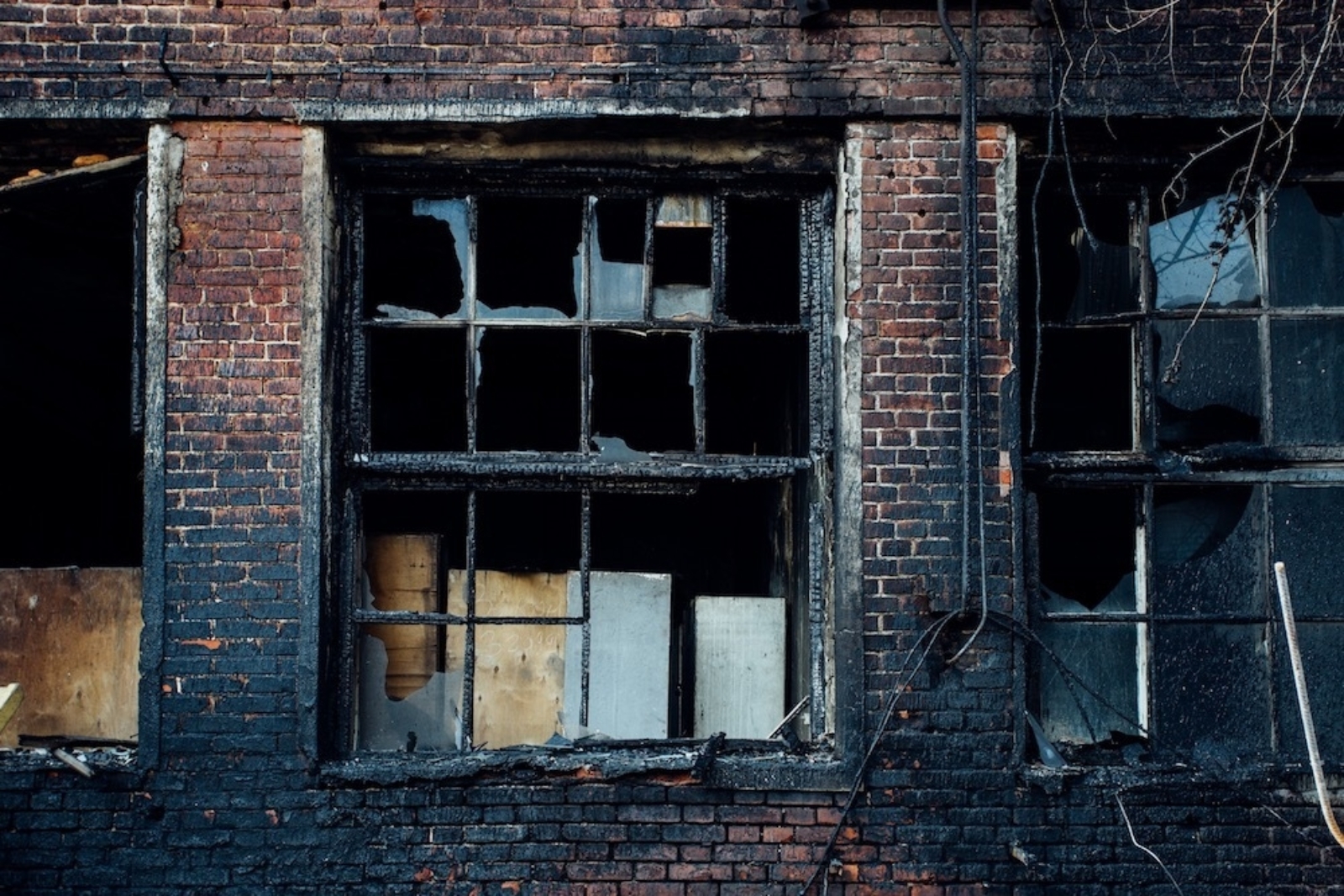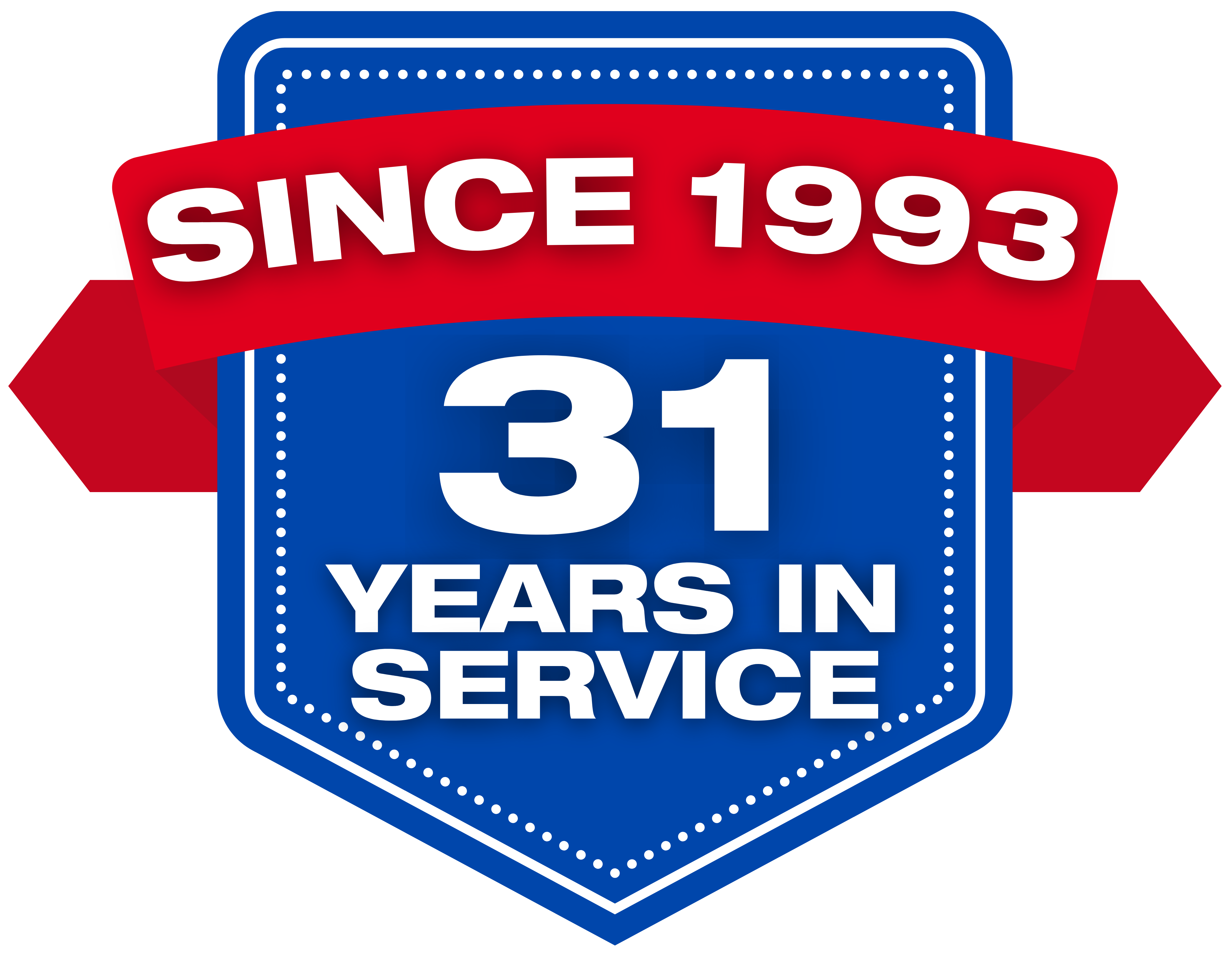How to Restore Your Home After a Fire

Experiencing a fire in your home can be devastating, both emotionally and physically. The aftermath can be overwhelming as you face the task of restoring your property and life back to normal. However, with careful planning and the right steps, you can effectively restore your home after a fire. This blog will guide you through the essential steps to take, from immediate actions to long-term recovery.
Immediate Actions
Ensure Safety First: The first and most crucial step after a fire is to ensure everyone's safety. Make sure all occupants are accounted for and safe. Do not re-enter the property until it has been deemed safe by the fire department. Structural damage, lingering smoke, and hazardous materials can pose significant risks.
Contact Your Insurance Company: Notify your insurance company as soon as possible. Provide them with detailed information about the fire and follow their instructions for filing a claim. An adjuster will likely visit your home to assess the damage. Keep a record of all communication with your insurance company, including dates, times, and the names of representatives you speak with.
Secure the Property: Prevent further damage or theft by securing your property. Board up broken windows, doors, and holes in the roof to protect against weather and unauthorized entry. If necessary, hire a professional service to do this safely and effectively.
Assessing the Damage
Conduct a Thorough Inspection: Once the property is deemed safe to enter, conduct a thorough inspection of the damage. This includes structural damage, smoke and soot damage, water damage from firefighting efforts, and any personal belongings affected. Take detailed notes and photographs of all damaged areas and items. This documentation will be crucial for insurance claims and restoration planning.
Salvage What You Can: Identify and remove any salvageable items. Items that were not directly damaged by the fire but affected by smoke or water may still be recoverable with proper cleaning and restoration. Separate these items from those that are beyond repair.
Cleaning and Restoration
Professional Cleaning and Restoration Services: Hiring professional fire restoration services is often the best approach to ensure thorough and safe cleaning. These professionals have the expertise, equipment, and experience to handle various aspects of fire damage restoration, including:
- Smoke and Soot Removal: Specialized cleaning techniques and equipment are required to remove smoke and soot from surfaces, walls, and ceilings. These residues can be toxic and difficult to clean without professional help.
- Odor Removal: Smoke odors can linger long after the fire is extinguished. Professionals use advanced deodorization techniques to eliminate these odors effectively.
- Water Damage Mitigation: Water used to extinguish the fire can cause significant damage and may require mold remediation services. Restoration professionals will dry out and dehumidify affected areas to prevent further issues.
Cleaning Personal Belongings: Personal belongings, such as clothing, furniture, and electronics, can often be cleaned and restored. Depending on the extent of the damage, this may involve:
- Dry Cleaning: For clothing and fabrics affected by smoke.
- Ultrasonic Cleaning: For delicate items and electronics.
- Furniture Cleaning: Professional cleaning and reupholstering services can restore furniture.
Addressing Structural Damage: Structural damage should be assessed and repaired by licensed contractors. This may involve:
- Roof and Framing Repairs: Addressing any damage to the roof, walls, and structural framework.
- Electrical and Plumbing Systems: Inspecting and repairing any damage to electrical wiring and plumbing systems to ensure safety and functionality.
- Drywall and Insulation: Replacing damaged drywall and insulation to restore the integrity and insulation of your home.
Fire Prevention
Install Fire Prevention Measures: While restoring your home, take the opportunity to install or upgrade fire prevention measures, such as:
- Smoke Detectors: Install smoke detectors on every level of your home and in each bedroom. Test them regularly and replace batteries as needed.
- Fire Extinguishers: Place fire extinguishers in key areas, such as the kitchen, garage, and near fireplaces.
- Fireproof Safes: Store important documents and valuables in fireproof safes.
Create an Emergency Plan: Develop a comprehensive emergency preparedness plan for your household. This should include:
- Evacuation Routes: Clearly marked and practiced escape routes.
- Meeting Points: Designated meeting points outside the home.
- Emergency Contacts: A list of emergency contacts, including family members, neighbors, and emergency services.
Emotional and Psychological Recovery
Seek Support: Recovering from a fire can be emotionally challenging. Seek support from friends, family, and professional counselors if needed. Joining support groups with others who have experienced similar events can also provide comfort and understanding.
Take Time to Heal: Give yourself and your family time to heal and adjust to the changes. It's normal to feel a range of emotions, including sadness, anger, and anxiety. Allow yourself to grieve the loss and focus on the positive steps you're taking to rebuild your life.
Financial and Administrative Steps
Manage Financial Responsibilities: Keep track of all expenses related to the fire damage restoration process. This includes:
- Insurance Claims: Ensure all documentation is submitted to your insurance company promptly.
- Receipts and Invoices: Save receipts and invoices for all restoration services and purchases.
- Temporary Housing: If you're displaced from your home, keep records of temporary housing costs, as these may be reimbursable through your insurance.
Update Important Documents: Replace any important documents that were lost or damaged in the fire, such as:
- Identification: Driver’s licenses, passports, and Social Security cards.
- Financial Documents: Bank statements, checks, and credit cards.
- Medical Records: Health insurance information and medical records.
Long-Term Restoration
Rebuild and Redecorate: Once the structural repairs and cleaning are complete, focus on rebuilding and redecorating your home. This can be an opportunity to make improvements or updates that you’ve been considering. Work with contractors and designers to create a space that feels comfortable and welcoming.
Monitor for Long-Term Issues: Even after the restoration is complete, monitor your home for any long-term issues, such as:
- Mold Growth: Regularly check for signs of mold, especially in areas that were water-damaged.
- Structural Integrity: Keep an eye on any structural repairs to ensure they remain sound.
Restoring your home after a fire is a complex and challenging process, but with careful planning and the right resources, you can rebuild and move forward. Prioritize safety, work closely with your insurance company, and consider hiring professional restoration services to ensure a thorough and effective recovery. Remember to take care of your emotional well-being and seek support as needed. By following these steps, you can restore not only your home but also a sense of normalcy and comfort in your life.
All-Clean USA: Serious Problems Require Serious Expertise.
Trust the fire and water damage specialists to restore order after disaster strikes. Available 24/7, 365 days a year, we're dedicated to bringing your property and peace of mind back to normal. No matter the emergency, count on All-Clean USA to be there when you need us most. Contact us today for immediate assistance. We're here for you!


